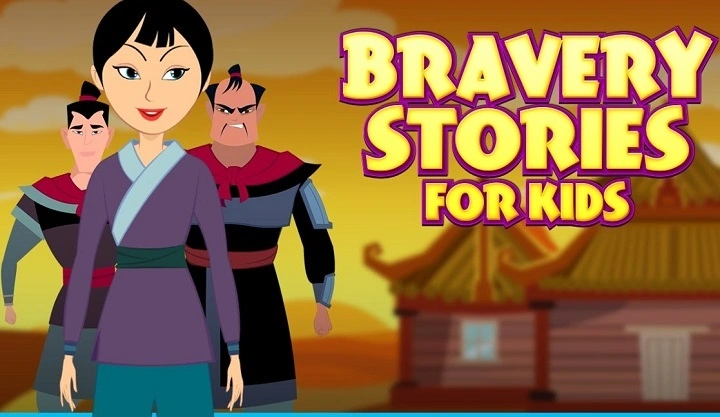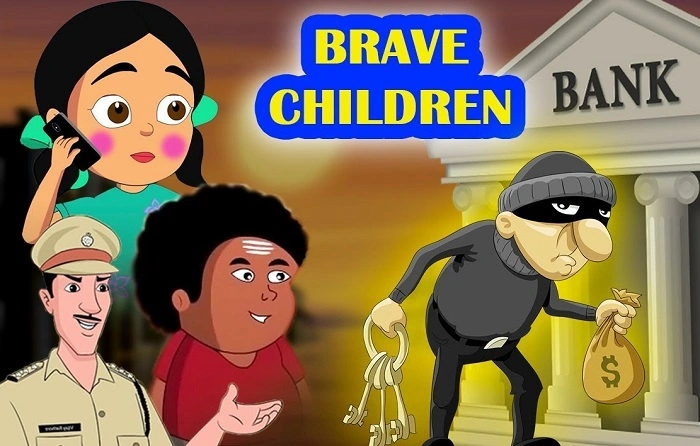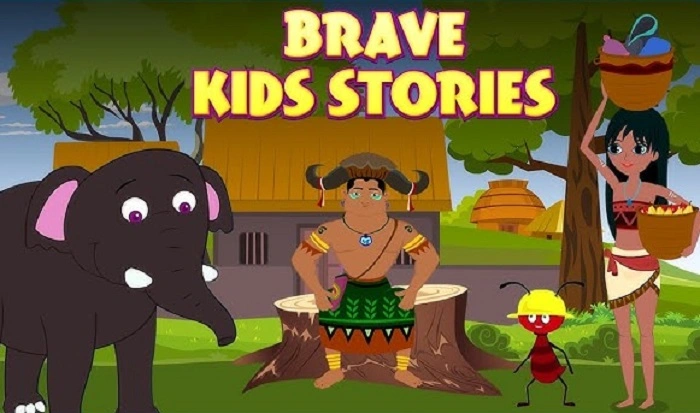Every so often, a story emerges that captures the true essence of bravery and inspires us beyond measure. The real story of a brave child is not just about youthful courage but about overcoming adversity, fear, and challenges with unwavering spirit. In this article, we explore the remarkable journey of one such child whose bravery left a lasting impact on their community and the world. From facing overwhelming difficulties to rising as a symbol of hope, this narrative sheds light on the power of resilience and determination.
The Meaning of True Bravery in Children
What Defines a Brave Child?
Bravery in children is often viewed as fearlessness, but it is much deeper than that. A brave child is someone who confronts their fears, stands up for what is right, and perseveres despite hardships. True courage may involve physical risks or emotional strength, but it always includes a profound sense of integrity and compassion.
Why Stories of Brave Children Matter
The real story of a brave child serves as an inspiration not only for other children but also for adults. These stories remind us that courage is not limited by age. They highlight the importance of nurturing bravery in young minds, encouraging empathy, confidence, and moral strength from an early age.
The Background of the Brave Child’s Story
Early Life and Challenges Faced
This particular brave child was born into difficult circumstances that would challenge most adults, let alone a young individual. Raised in an environment marked by poverty, instability, or danger, their early life was anything but easy. Yet, these hardships became the soil from which their courage grew.
Key Events Leading to a Defining Moment
The turning point in the child’s story came during a crisis situation where their quick thinking and fearless actions saved lives or prevented harm. Whether it was protecting family members, standing against injustice, or facing a natural disaster, these pivotal moments showcase the essence of their bravery.
The Defining Act of Courage
Facing Danger Head-On
The real story of a brave child culminates in an extraordinary act where fear could have easily taken over, but instead, courage prevailed. This might involve confronting a threatening situation, rescuing others, or speaking out against unfairness even when it meant personal risk.
Impact on Community and Beyond
The consequences of this brave act rippled beyond the immediate situation. It inspired others to act with similar courage and brought attention to larger issues such as child empowerment, safety, and the importance of standing up for one’s beliefs.
Lessons We Learn from the Brave Child
Strength in Vulnerability
One vital lesson from the brave child’s story is that vulnerability does not mean weakness. True bravery embraces vulnerability and transforms it into a source of strength, showing that courage can thrive even in the most challenging circumstances.
Importance of Support Systems
The story also highlights how family, friends, teachers, or community members can play a crucial role in nurturing bravery. Encouragement, love, and guidance provide the foundation for children to develop confidence and resilience.
Inspiring Future Generations
Sharing stories like this encourages other children to believe in their own strength. It shows that age is not a barrier to making a difference and motivates young people to stand tall in the face of adversity.
How to Encourage Bravery in Children
Creating Safe Environments
To foster bravery, it is essential to provide children with environments where they feel safe to express themselves, take risks, and learn from failure. This nurturing atmosphere builds emotional resilience and self-confidence.
Teaching Empathy and Moral Courage
Bravery is not only about physical acts but also about standing up for others and making ethical choices. Teaching empathy helps children understand the impact of their actions and encourages them to defend fairness and kindness.
Celebrating Small Acts of Courage
Recognizing everyday courageous acts, no matter how small, reinforces positive behavior. Praising children when they try something new, confront a fear, or help someone else can inspire greater bravery over time.
Frequently Asked Questions (FAQs)
What is the real story of a brave child?
The real story of a brave child typically involves an inspiring tale where a young individual shows exceptional courage by overcoming difficult challenges or protecting others despite risks.
How can parents encourage bravery in their children?
Parents can encourage bravery by providing supportive environments, teaching empathy, allowing children to face manageable challenges, and celebrating their efforts and successes.
Why is bravery important for children?
Bravery helps children build confidence, resilience, and the ability to face life’s obstacles. It also nurtures moral values such as standing up for what is right and helping others.
Can bravery be learned, or is it innate?
While some children may naturally exhibit courageous traits, bravery is largely a skill that can be cultivated through experience, encouragement, and positive role models.
How do stories of brave children impact society?
Stories of brave children inspire others to act courageously, raise awareness about important issues, and promote a culture that values integrity, resilience, and kindness.
The real story of a brave child is a powerful reminder that courage knows no age limits. Through their extraordinary actions, brave children teach us about strength, hope, and the human spirit’s capacity to triumph over adversity. By understanding their journeys and fostering bravery in young hearts, we can create a future where courage shines brightly in every child.



